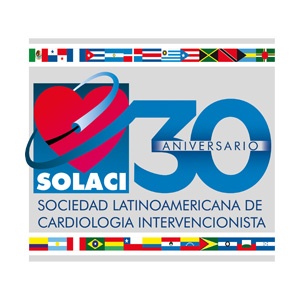Original title: Impact of chronic kidney disease on the outcome of transcatheter aortic valve implantation: results from the FRANCE 2 Registry. Reference: Atsushi Oguri, et al. EuroIntervention 2015;10:e1-9
Globally, 13% of patients present kidney failure, which has been associated to a worse evolution not only of TAVI outcomes but also of other cardiovascular intervention outcomes. Most studies, including PARTNER I and II, CoreValve US Pivotal and SURTAVI have excluded patients with low glomerular filtration.
Glomerular filtration rate of 2929 patients receiving TAVI was calculated using the MDRD equation. Stages 1 and 2 of chronic kidney disease comprised one group of 1386 patients; stage 3a group had 711 patients; stage 3b, 547 patients; stage 4, 189 patients, and stage 5, 96 patients.
More than half of patients in this series presented a <60 ml glomerular filtration rate (kidney disease stage 3 or higher).
Renal function deterioration was associated to peripheral vascular disease, diabetes, hypertension and smoking. Those with the lowest glomerular filtration rate presented more severe cardiac insufficiency CF III-IV, prior heart surgery, higher EuroSCORE log and STS, lower ejection fraction and more severe mitral regurgitation.
The most frequently used access was the femoral and the Edwards valve was used in 66% of patients. Procedural success was lower in those with stage 4 or 5 chronic kidney disease (CKD), in addition to a longer hospitalization time, higher incidence of major bleeding and cardiac tamponade.
Mortality at 30 days in the 1+2 CDK group was 6.4% and in the 3ª group, 6.8%; from that point on a significant increase in mortality rate was observed with CKD progression, reaching a 9.4% mortality rate in the 3b group, 15.9% in group 4 and 24.2% in group 5.
Something similar was observed with mortality at 12 months, which reached 19.4 % in the group combining stages 1 and 2, 18.8% in group 3ª, 25% in group 3b, 42% in group 4 and 39.9% in group 5.
Independent mortality predictors were CKD stages 4 and 5, transapical access, obstructive pulmonary disease, cardiac insufficiency CF III-IV and ejection fraction deterioration.
Conclusion
CKD classification in patients receiving TAVI allow to stratify mortality at 30 days and 12 months, which correlates with a worse evolution of those presenting CKD stages 3b, 4 and 5.
Comment
This analysis of the real world reveals that kidney failure directly impacts early and 12 month evolution. Perhaps this should be used in addition to other predictors to try optimize medical treatment post implantation looking at improving survival.
Courtesy of Dr. Carlos Fava
Interventional Cardiologist
Favaloro Foundation – Argentina
Carlos Fava




